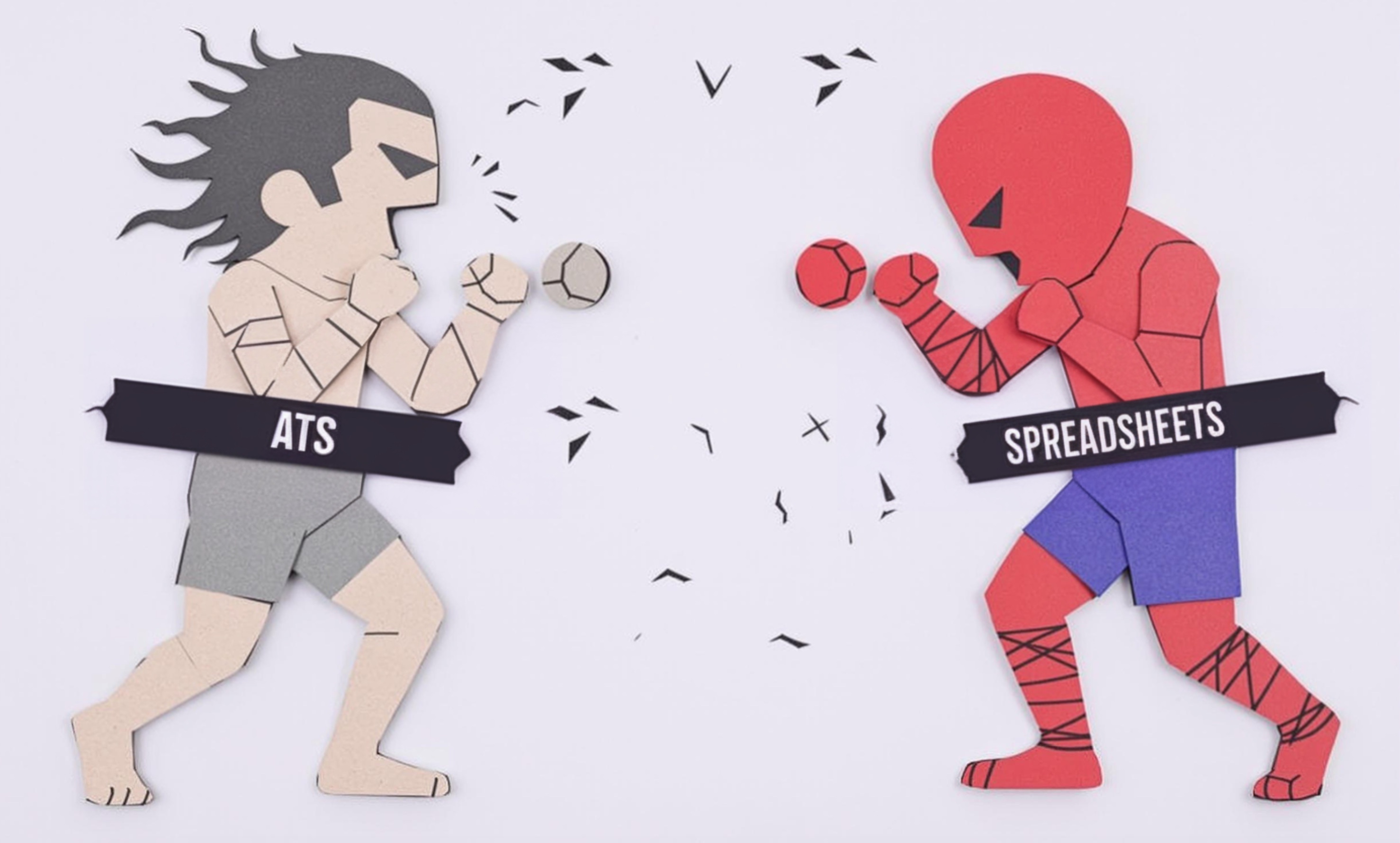
Unadjusted Trial Balance
An Unadjusted Trial Balance is a basic financial report that bookkeepers and accountants create as a first step in closing the books. Think of it as a worksheet that lists all accounts and their balances before any end-of-period adjustments are made. It helps catch basic math errors by making sure all debits equal credits. This is like a first draft of the company's financial picture that needs to be refined before creating final financial statements. Similar terms you might see include preliminary trial balance or pre-adjustment trial balance.
Examples in Resumes
Prepared monthly Unadjusted Trial Balance reports for review by senior accountant
Managed and verified accuracy of Trial Balance reports for 50+ client accounts
Created and maintained Unadjusted Trial Balances as part of month-end closing procedures
Typical job title: "Bookkeepers"
Also try searching for:
Where to Find Bookkeepers
Professional Networks
Online Communities
Job Boards
Example Interview Questions
Senior Level Questions
Q: How do you handle discrepancies in an Unadjusted Trial Balance?
Expected Answer: A senior bookkeeper should explain the systematic approach of reviewing transaction history, checking for missing entries, verifying account classifications, and documenting the investigation process. They should also mention communication with team members and creating controls to prevent future issues.
Q: What's your process for training junior staff on trial balance preparation?
Expected Answer: Should discuss creating clear procedures, explaining the importance of accuracy, showing common error checking methods, and implementing review steps. Should emphasize building understanding rather than just following procedures.
Mid Level Questions
Q: What steps do you take to prepare an Unadjusted Trial Balance?
Expected Answer: Should explain gathering all account balances, ensuring all transactions are posted, checking that debits equal credits, and verifying account classifications are correct. Should mention using accounting software and basic troubleshooting.
Q: How do you use the Unadjusted Trial Balance to identify potential errors?
Expected Answer: Should discuss checking for unusual balances, comparing to previous periods, ensuring accounts are properly categorized, and basic error detection methods like checking for transposed numbers.
Junior Level Questions
Q: What is the difference between an Unadjusted and Adjusted Trial Balance?
Expected Answer: Should explain that an Unadjusted Trial Balance shows account balances before end-of-period adjustments, while an Adjusted Trial Balance includes all necessary corrections and adjustments for accurate financial statements.
Q: Why must debits equal credits in a trial balance?
Expected Answer: Should explain the basic principle of double-entry bookkeeping where every transaction affects at least two accounts, and that equal debits and credits help catch basic math errors.
Experience Level Indicators
Junior (0-2 years)
- Basic understanding of double-entry bookkeeping
- Ability to generate trial balances using accounting software
- Basic error checking
- Data entry accuracy
Mid (2-5 years)
- Identifying and correcting discrepancies
- Understanding different types of adjusting entries
- Working with multiple client accounts
- Basic financial analysis
Senior (5+ years)
- Training and supervising junior staff
- Complex problem-solving in account reconciliation
- Process improvement and documentation
- Advanced financial analysis
Red Flags to Watch For
- Unable to explain basic double-entry accounting principles
- No experience with common accounting software
- Poor attention to detail in numerical work
- Lack of understanding about the purpose of trial balances
Need more hiring wisdom? Check these out...

Why Your Hiring Spreadsheets Are Secretly Sabotaging Your Recruitment

A Beginner's Guide to Implementing an Applicant Tracking System

The $100M Mistake: Hidden Costs of Rushed Leadership Hires (Data Study)

